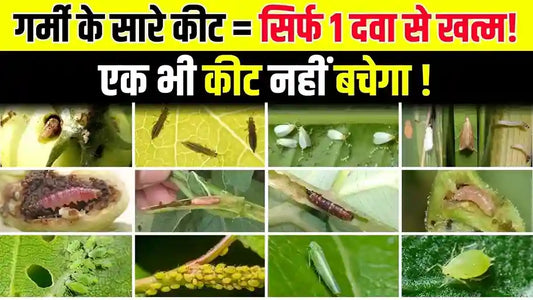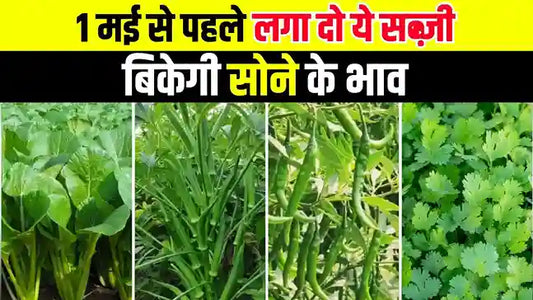Root rot is a common and destructive disease that can affect cabbage crops. It is caused by several different fungi that live in the soil and attack the roots of the plant. These fungi damage the roots, making it difficult for the plant to take up water and nutrients. As a result, the plant wilts, stunts, and may eventually die. The extent of root damage significantly impacts yield. Early diagnosis and intervention can minimize losses, while widespread infection with extensive root damage can lead to substantial yield reduction.
- Type of Infestation: Fungal Disease
- Common Name: Root Rot
- Causal Organism: Rhizoctonia solani
- Affected Parts Of the plant: Root, Stem, Leaves
Environmental favorable factors for pests/Diseases:
- Temperature: While the optimal temperature range for root rot fungi varies depending on the specific species, many prefer cooler temperatures, typically below 24°C (75°F). This is why root rot is often more common in early spring and late fall.
- Humidity: This is the most important factor, as most root rot fungi thrive in moist conditions. Overwatering, poor drainage, and heavy rainfall can all contribute to high soil moisture levels.
Symptoms of Pest/Disease:
- Wilting: This is the most common symptom, and it usually occurs during the hottest part of the day.
- Stunted growth: Affected plants will be smaller than healthy plants.
- Yellowing leaves: The leaves of affected plants may turn yellow or brown, starting with the older leaves.
- Root rot: If you dig up an affected plant, you will see that the roots are brown, mushy, and rotting.
Measures to control Pests/Diseases:
| Products | Technical Names | Dosages |
| COC 50 | Copper oxychloride 50 % wp | 2gm/ltr |
| SAMARTHA | Carbendazim 12 % + Mancozeb 63 % WP | 300-400 grams per acre |
| DR ZOLE | Azoxystrobin 11.00 % Tebuconazole 18.30 % SC | 300 ml/ Acre |










